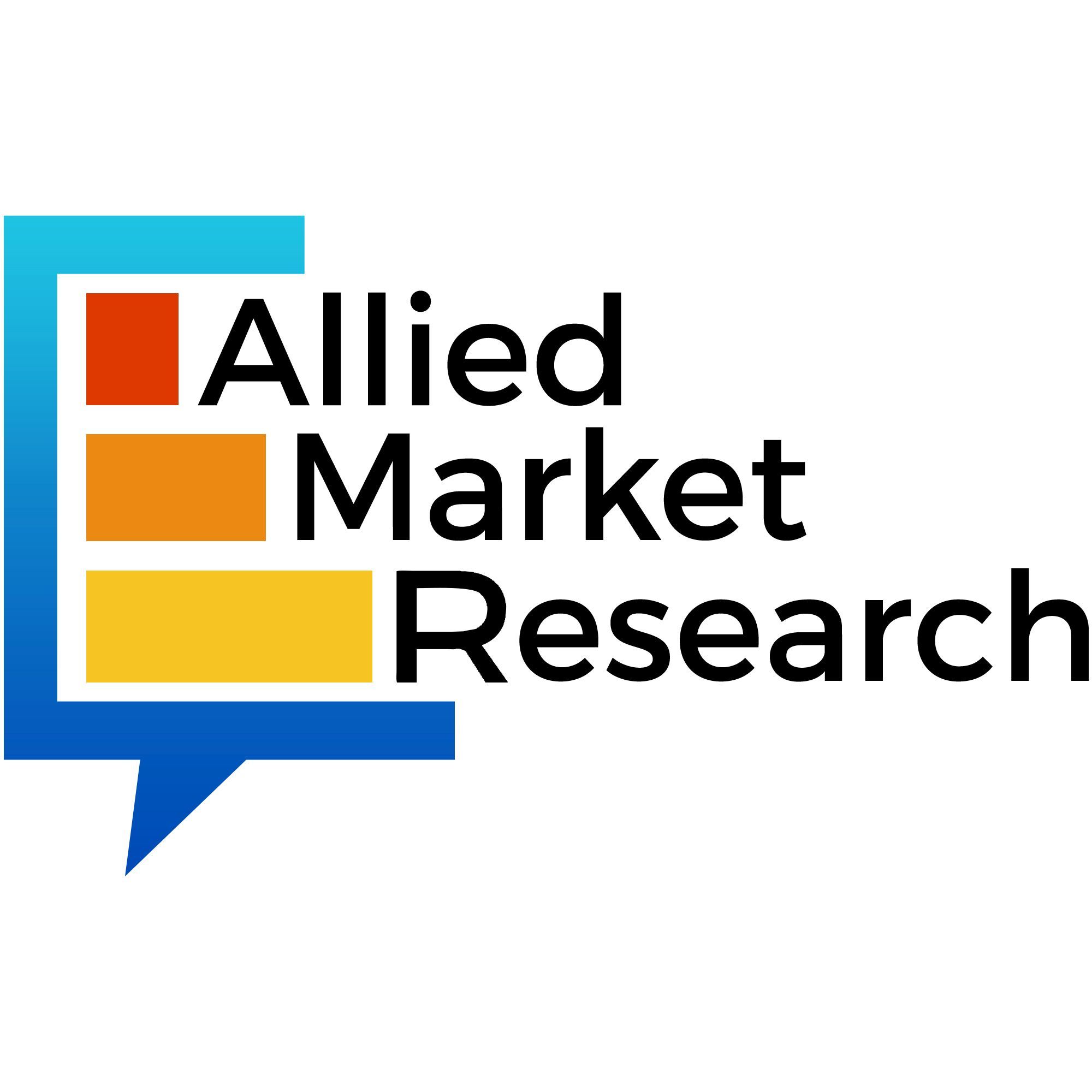Plastic adhesives have emerged as a cost-effective solution for repairing and reinforcing aging structures in various industries. They provide a viable alternative to more invasive and expensive methods like welding or mechanical fastening. According to a recent report by Allied Market Research, the global plastic adhesives market witnessed significant growth, with a value of $8.3 billion in 2023 and estimated to reach $13.4 billion by 2032.
The growth of the plastic adhesives market can be attributed to several factors. One key factor is the increase in demand from the automotive and aerospace industries. These adhesives are widely used for bonding various automotive components and provide excellent adhesion to different substrates, offering resistance to temperature variations and vibrations. Furthermore, the surge in medical device assembly has also contributed to the expansion of the market, creating lucrative opportunities.
The report highlights the dominance of certain segments in the plastic adhesives market. The polyurethane segment held the highest market share in 2023, due to its extensive use in bonding automotive components. On the other hand, the epoxy segment is expected to witness significant growth throughout the forecast period, with a predicted CAGR of 5.7%. Epoxy adhesives are extensively used in automotive manufacturing and repair for bonding plastic components, metal-to-plastic bonding, and structural bonding.
In terms of technology, the solvent-based segment dominated the market, accounting for more than half of the global plastic adhesives market revenue. Solvent-based adhesives are commonly used in the construction of plastic structures and bonding plastic sheets, pipes, and fittings. However, the water-based segment is expected to witness steady growth, driven by its extensive use in the packaging industry for bonding plastic films, laminates, and labels.
The packaging industry holds the highest market share in terms of end-use, followed by the electrical and electronics segment. Plastic adhesives play a crucial role in sealing bags, pouches, and containers in the packaging industry, while also being utilized for bonding various components in electronic devices, ensuring strong and durable bonds with electrical insulation.
Asia-Pacific emerged as the dominant region in terms of revenue, with China playing a significant role in driving the demand for plastic adhesives. The region is expected to witness a CAGR of 5.4% during the forecast period, fueled by the robust manufacturing sectors in countries like China, which encompass electronics, automotive, construction, and packaging.
Key players in the global plastic adhesive market, such as Henkel Corporation, 3M, and H.B. Fuller Company, have adopted various strategies to maintain their market share and expand their presence. This includes new product launches, collaborations, expansions, joint ventures, and agreements.
In conclusion, plastic adhesives offer a versatile and efficient solution for repairing and reinforcing aging structures. With their cost-effectiveness and wide range of applications, they have become increasingly popular in industries such as construction, automotive, and packaging. As the market continues to grow, it provides ample opportunities for innovation and development in the adhesives industry.
In addition to the information provided in the article, there are several other facts and trends worth mentioning in the discussion of plastic adhesives:
1. Growing Environmental Concerns: With increasing awareness about environmental issues, there is a shift towards eco-friendly and sustainable adhesives. This has led to the development of bio-based and biodegradable plastic adhesives that offer similar performance but with reduced environmental impact.
2. Advancements in Technology: The development of new adhesive technologies, such as UV-curable adhesives and high-performance tape adhesives, has expanded the range of applications for plastic adhesives. These technologies offer faster curing times, increased bond strength, and improved flexibility.
3. Market Forecast: According to a report by MarketsandMarkets, the global plastic adhesives market is projected to grow at a CAGR of 4.9% from 2020 to 2025. This growth is driven by factors such as increasing demand from end-use industries, technological advancements, and the expansion of the construction and automotive sectors.
4. Key Challenges: Despite the advantages of plastic adhesives, there are some challenges associated with their use. One challenge is the need for proper surface preparation to ensure strong and durable bonds. Contaminants, oils, or dirt on the substrate can affect the adhesion and performance of the adhesive. Another challenge is the limited temperature resistance of some plastic adhesives, which may restrict their use in certain high-temperature applications.
5. Controversies: One controversy associated with plastic adhesives is their potential impact on human health. Some adhesives may contain harmful chemicals or emit volatile organic compounds (VOCs) during curing, which can pose health risks to workers or end-users. However, stricter regulations and the development of low VOC adhesives have addressed these concerns to some extent.
To explore further, you can refer to the following related links:
– Allied Market Research – Plastic Adhesives Market
– MarketsandMarkets – Plastic Adhesives Market
– Henkel Corporation – Polyurethane Adhesives
– H.B. Fuller Company – Electronics Assembly and Packaging Adhesives

